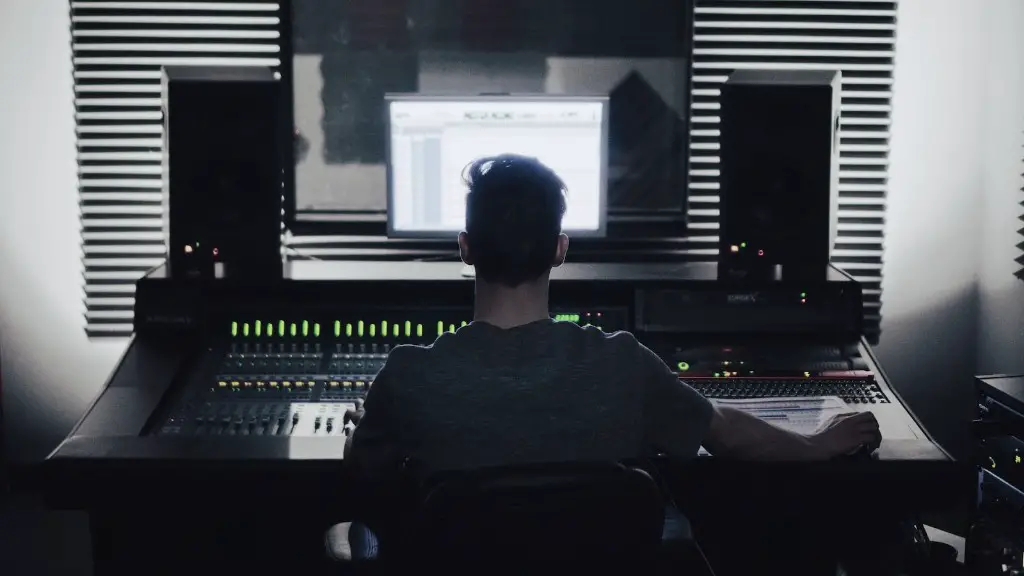Have you ever wanted to know how to draw hands for beginners? The truth is, drawing realistic hands can be a daunting task. But there are techniques that can make it easier. In this article, we’ll explore some of the best ways to tackle the challenge of sketching hands and get to drawing in no time.
Shape and Structure
The first step to mastering the muse of your hand-drawing is grasping the shape and structure of the hand. Both the bones and joints of the fingers and the tips of the fingers are important components, as well as the knuckles and the palm. To get a more detailed look, it’s a good idea to use a reference material of the hands in various positions. To get the perfect angle, a three-dimensional view of the hand model is the best option.
Lines
The next step is to break it down into basic lines. Even though this may seem like a minor detail, it is essential as it will help to provide the hand with structure, which will make it look a lot more realistic. Start by using a pencil to draw the major lines of the hand and the joints, then focus on the details in another color. Be sure to use accurate lines and keep a steady hand; this will give the hand its grander shape.
Shadows
The shadows are the parts of the hand shape that create depth. To make the effect better, use various hues to simulate the light coming from the left and right in your drawing. Use darker tones to add contrast, and when you finish, it will make the hand look much more realistic.
Proportions
As you draw the hand, it’s important to make sure the proportions are right. The shapes will guide you in shaping a more realistic hand and the details are where you need to pay more attention. Make sure to consider the length of the fingers, the width of the palm, and the details of each joint.
Texture
Bringing texture and wrinkles into the hand is what will make it look realistic. To do this, draw faint lines randomly but evenly across the joints and the knuckles and add some more lines to taper the hand into a curve. This will feel natural and will create an authentic look of a hand that you can be proud of.
Anatomically Correct
It’s important to use an anatomically correct drawing for the hand. To do this, use methods and techniques, like measuring individual bones and joints, that can help to make your sketch anatomically correct. Once you’re done, compare each joint and bone size with reference material to make sure your sketch is in proportion.
Practice Makes Perfect
The best way to get better at sketching hands is to practice. Keep drawing more hands until you feel confident to start doing more complex drawings. With each drawing, pay attention to the details and angles and try to improve them even more. Soon enough you’ll find yourself noticing the details and angles of human hands in your every day life.
Trace
Tracing can be a great tool when learning how to draw hands. It requires patience, but it will help you a lot in getting the hand proportions right. Trace a reference material, or a hand tracing board, the same way you will trace your hand with the pencil.
Have Fun with It!
Finally, have fun with it! It doesn’t have to be a stressful activity. Sketching hands can be one of the most enjoyable activities there is, so don’t forget to give yourself time to experiment and explore. Being creative and sketching from imagination can also be a great exercise.

